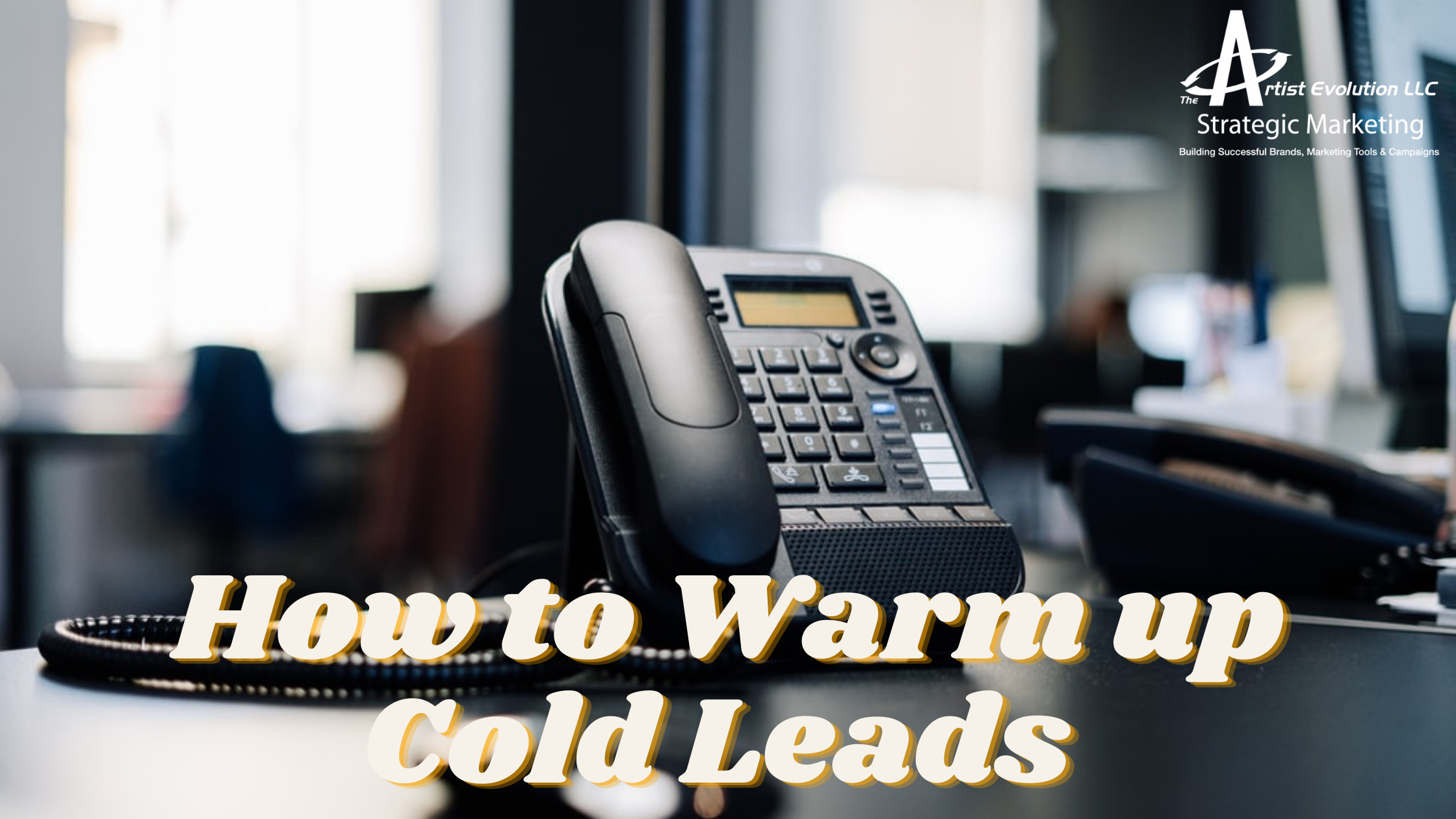How to Warm Up Cold Leads

As the weather starts to cool off, it’s an appropriate time to start talking about cold leads – specifically, how to warm them up.
Marketing trends come and go, but one strategy that has stood the test of time is good ole’ fashioned cold outreach. Despite the inherent challenges of cold outreach – the going success rate in terms of conversions hovers around the 1-2% mark – cold calls, and even cold emails, will forever have a place in the marketer’s toolbox.
Ideally, you will be working mostly with warm leads – that is, leads who have a pre-existing interest in your product or service – but the time may come when you and your team will have to pick up the phone or take to the keyboard for some cold outreach.
And when that time comes, this post will equip you with the knowledge needed to increase your success rates.
Cold outreach is not for the faint of heart.
Convincing someone who has no prior knowledge of your product or service is a difficult challenge in and of itself, but doing so remotely – without the benefit of face to face communication – either through a call or email, makes it a truly formidable endeavor.
That is not to say that cold outreach is an endeavor unworthy of pursuit, or that it is impossible to execute, but it does mean that the way in which you go about your outreach is of utmost importance.
If you follow these three rules for cold outreach, you will be able to squeeze the absolute most out of your time and effort, and perhaps even rise above the industry standard success rate.
Rule #1: Refine Your Message
Humans have short attentions spans. Humans in the year 2020, with a plethora of dopamine-inducing technological distractions at their disposal, have really short attention spans. Add to this equation the fact that you are trying to catch and hold the attention of someone without the benefit of face-to-face interaction and without prior trust built up, and you have yourself quite the challenge.
If you want any chance at succeeding with cold outreach, with these sorts of factors at play, your message has to be as tight and succinct as possible. You don’t just need to have an elevator pitch; you need something even more concise: you need a “sidewalk pitch.”
Think back to all those times you’ve walked through a mall and tried desperately to avoid the persuasive pleas of perfume vendors, perhaps even going so far as to pretend you don’t hear them. When conducting cold outreach through phone or email, you’re essentially a perfume vendor in a mall, without the advantage of face-to-face interaction.
If you want to reel someone over to your booth, you need something quick, concise, and instantly appealing. The quick and concise part is easy, but making it appealing too… that’s the most important, and challenging, part.
Rule #2: Lead with the Need
The golden rule of persuasive marketing is this: when trying to sell a product or service, don’t focus on its features – focus on how it benefits the consumer. In other words, appeal to the consumer’s needs or wants by explaining how your product or service satisfies them. That is not to say you shouldn’t talk about features – once you have sparked the consumer’s interest, you can talk about features all you want – but you should never lead with them.
Think of it this way: If you are trying to sell a hand-made, locally sourced, and environmentally friendly blanket, do you focus on its features? No, at least not initially. Instead, lead with an appeal to the consumer’s need. Lead with something like this: “Stay warm with peace of mind.”
The primary need for someone considering purchasing a blanket is obviously warmth, hence the “stay warm” part. The secondary need, which is more of a want, really, is purchasing an environmentally friendly, locally made blanket, hence the “peace of mind” selling point. The tertiary, weakest want is most likely the desire for a hand-made blanket; hand-made does not necessarily denote higher quality, but it does have an appeal in its own right – why, exactly, is a question more fit for a psychologist.
These wants and needs may fall in different orders depending on the consumer, which is why having a prior and accurate understanding of your audience is also crucial to the success of your cold outreach.
Rule #3: Narrow Your Audience
With cold outreach, it can be tempting to cast a wide net – after all, it does have a 1-2% conversion rate. But part of the reason why this industry standard conversion rate is so low is that marketers often cast their nets too wide.
The goal with any cold outreach is for it to be as not-cold as possible. Warm leads give you the best chance at conversion, and following the preceding two rules will help with that warming process, but starting off with leads that are relatively warm – or at the very least room temperature – will help dramatically.
In today’s data-driven world, acquiring useful information on target leads is easier than ever. Platform such as LinkedIn allow marketers to gain just enough insights into potential leads to determine if they are worth pursuing.
If, based on the limited information you have at your disposal, you can safely say that your product or service could prove beneficial to a cold lead, then by all means go after them. But if it is obvious that a lead will have no interest in your product or service, save your time and energy for leads that will have the potential to be warmed. It will not only increase your success rate, but it will also improve the efficiency of your outreach – and it may even save you a headache or two.
Refine your message. Lead with the need. And cast the right sized net.
Cold outreach is not the ideal approach for acquiring leads, but the time may come when you have no other choice. Fortunately, though, these three rules don’t just apply to cold outreach; in fact, they are three crucial components for any successful marketing strategy.
With warm leads, you can afford to be inefficient with your marketing, but cold leads do not afford you the same luxury. By implementing these rules into your marketing strategy, you can set yourself up for success in all aspects of your outreach, cold or otherwise.
Contributed by Bryce Ward.




